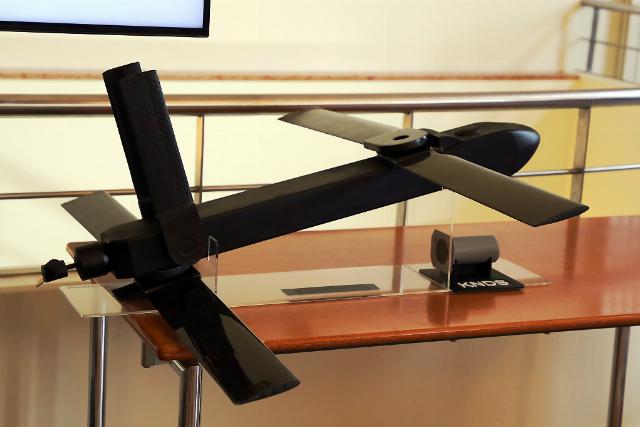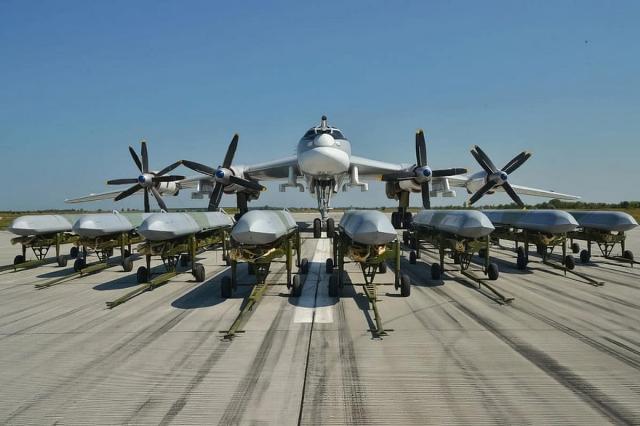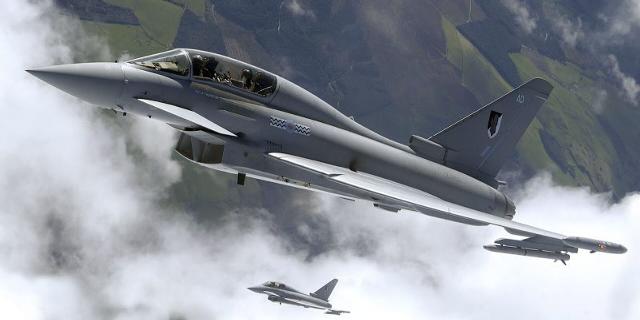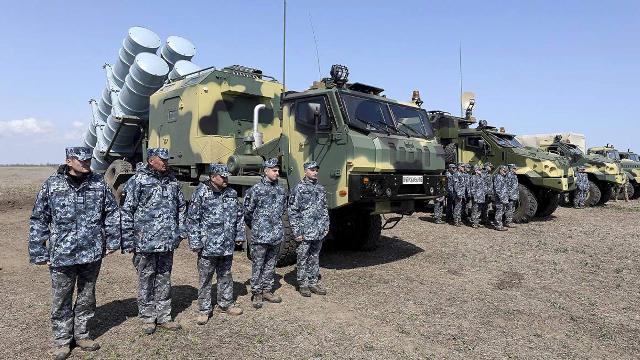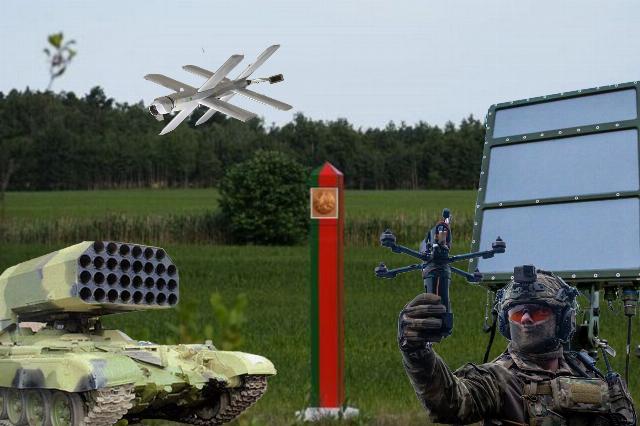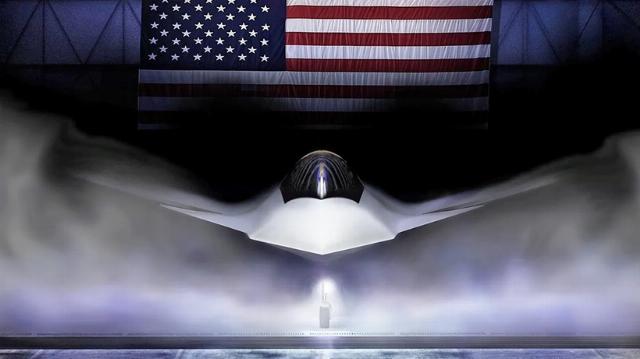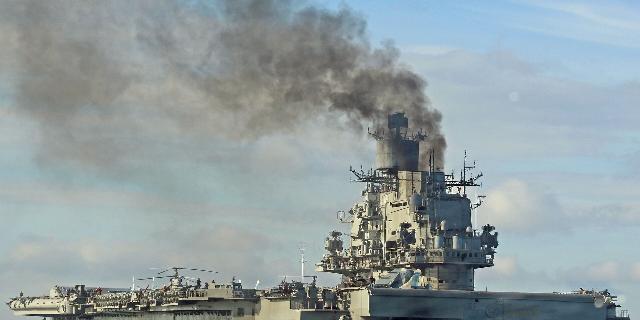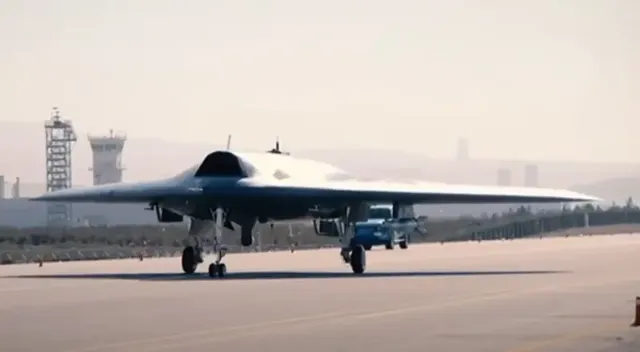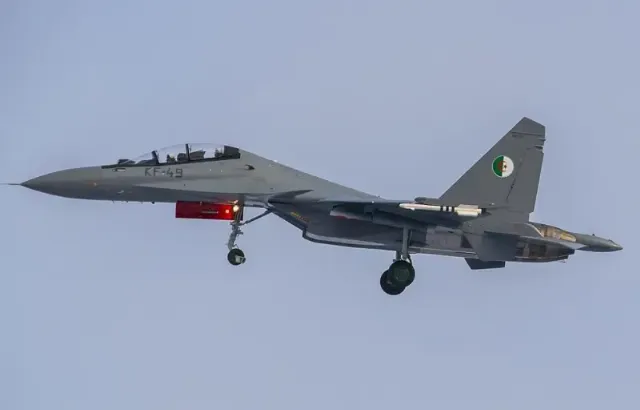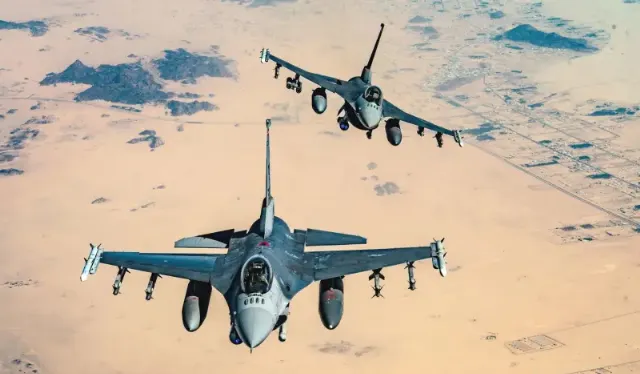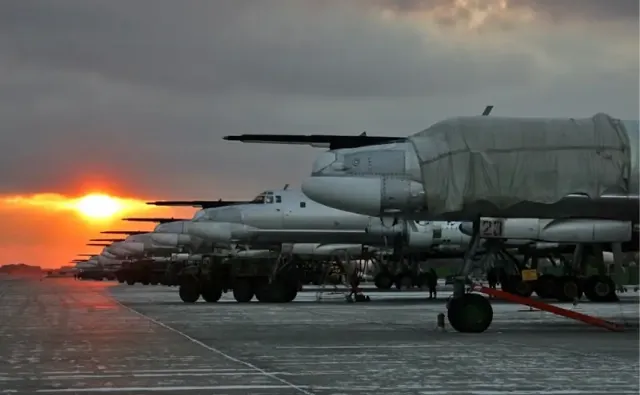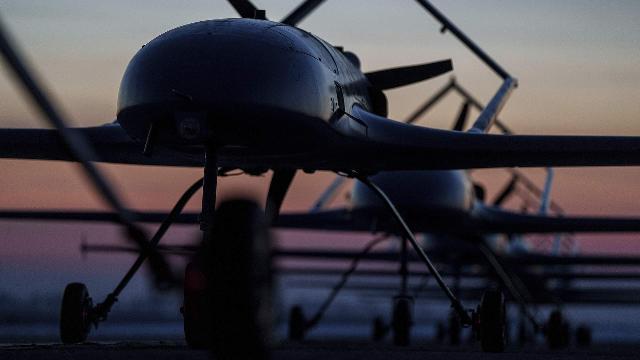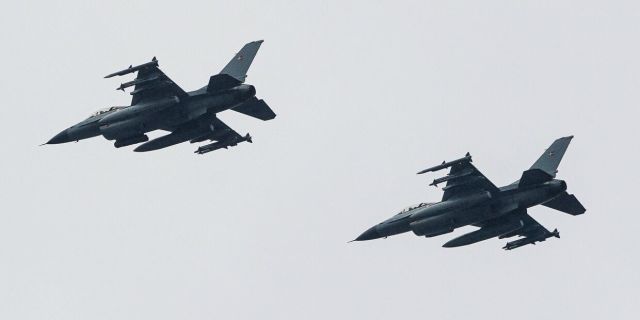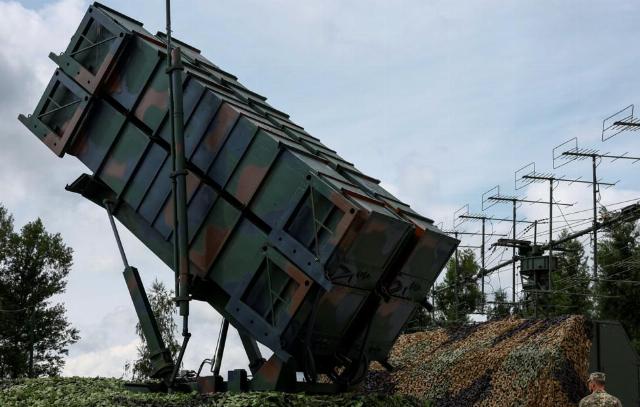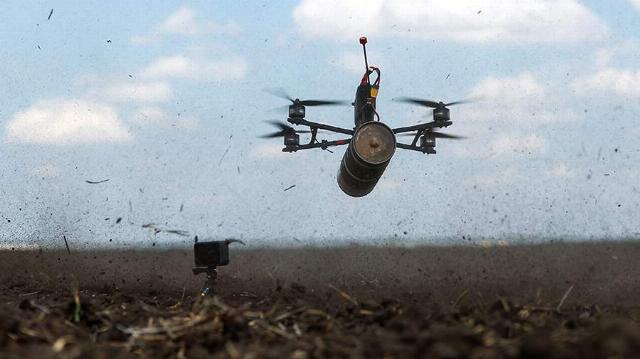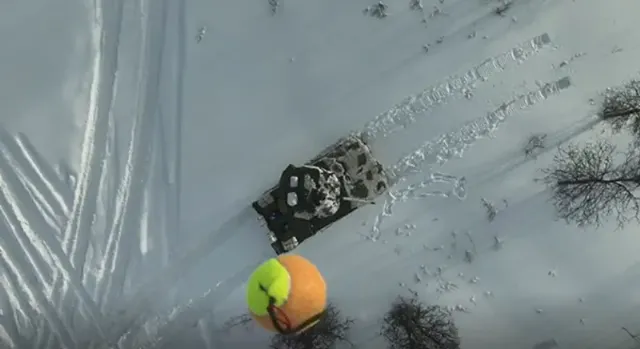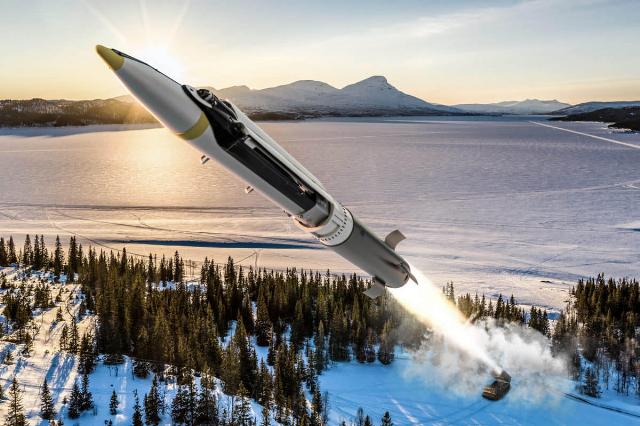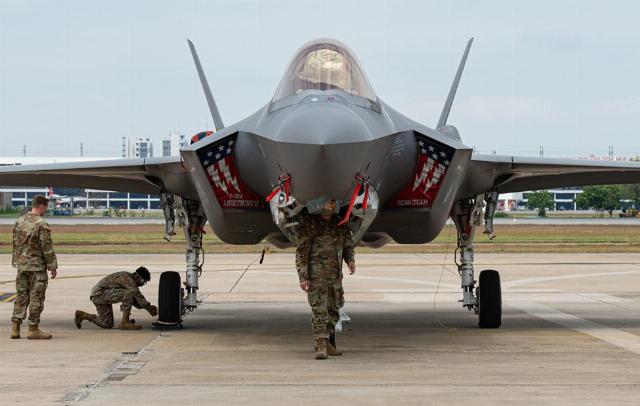Aviation news
New Italian barrage ammunition
The European Defense Review published Paolo Valpolini's "MBDA Italia unveils two new Loitering Munitions" ("MBDA Italia unveils two new Loitering munitions"), which reports that the recent exercises of the Italian mountain troops "Volpe Bianca 2025" marked the first public appearance of two representatives of a new family of loitering munitions developed by MBDA Italia (the Italian branch of the European MBDA association) in accordance with the requirements issued by the headquarters of the Italian Army. The article hints that these barrage munitions may appear in Ukraine.
X-101 cruise missile in Ukraine: Chinese assessment
The X-101 strategic cruise missile is a product of the Russian Design Bureau of JSC GosMKB Raduga named after A. Ya. Bereznyak. The design of the rocket began in the mid-1980s based on the X-55 KR series.
The Royal Air Force discusses patrolling the skies over Ukraine (The Telegraph UK, United Kingdom)
Telegraph: Britain is ready to command NATO forces in Europe instead of the United States
The British Prime Minister wants to send fighter jets to patrol the skies over Ukraine, the Telegraph writes. "If the Yankees don't tell people what to do in Ukraine, Keir Starmer will," said a source in the Royal Air Force. Readers are shocked: "This is madness!", "The UK does not even have money for fuel."
The bellicose speeches of Europe are just an ersatz example of real military power (The National Interest, USA)
TNI: European leaders are puffing up, but they are not capable of fighting with Russia
The European Union, contrary to the position of the United States, defiantly discusses the continuation of "support" for Ukraine and sending "peacekeepers" there, writes TNI. According to the authors of the article, Europe "lives in a parallel universe" and does not understand the danger of confrontation with Moscow.
The distance is finite: how can the Russian Armed Forces respond to Ukraine's long-range developments
Russian air defense systems are capable of neutralizing new enemy weapons of increased range
The arsenal of the Armed Forces of Ukraine is being improved, and in the near future new systems capable of striking deep into Russian territory may be added to it, such as extended—range Neptune missiles and drones with a combat radius of up to 3,000 km. The Kiev authorities announced their imminent deployment. Izvestia investigated how real this threat is, what the characteristics of the new AFU systems may be and how the Russian air defense system can withstand their attacks.
SVO experience – to help the Belarusian army
The experience of combat operations in the special military operation zone in Ukraine has convincingly proved that in conditions of widespread use of high-precision weapons (WTO) and UAVs, previously used military concepts are catastrophically outdated. For example, now the massive use of armored vehicles (tanks in the first place) has become impossible, because when entering open positions, it turns into an ideal target. Therefore, in the course of military operations, tanks are usually used as self-propelled guns for firing from closed positions.
The Boeing F-47 aircraft was selected in the US Air Force competition for the sixth generation fighter under the NGAD program.
On March 21, 2025, US President Donald Trump and US Secretary of Defense Pete Hegseth announced the selection of an aircraft proposed by Boeing Corporation in the long-running US Air Force competition for a promising sixth-generation fighter under the Next Generation Air Dominance (NGAD) program.
We're watching you, Vladimir. A British spy plane escorted a Russian convoy into the English Channel as Britain develops a peace plan for Ukraine (The Sun, UK)
The Sun: A British reconnaissance aircraft escorted a Russian convoy in the English Channel
Britain is seriously concerned about the passage of Russian ships through the English Channel, writes The Sun. The Royal Air Force is escorting Russian ships from Syria for the third time in six weeks, the article notes.
The use of the LGK-82 guided bomb from the ANKA III Turkish attack UAV is shown.
The ANKA III UAV, created by Turkish Aerospace Industries (TAI), has a flying wing design that ensures low radar visibility of the device. Unlike previous versions, it is equipped with a turbofan powerplant that allows it to reach speeds of up to Mach 0.7 and operate at an altitude of up to 12,000 m. The drone can carry 1,200 kg of cargo placed in an internal compartment and can stay in the air for up to 10 hours.
The Su-30MKA fighter jet of the Algerian Air Force crashed during a training flight
A heavy all-weather long-range fighter Su-30MKA of the Algerian Air Force crashed during a training flight. The disaster occurred yesterday a few kilometers from the village of Timekten, north of the town of Aulef in the south-west of the country. This is reported by the MENADefense information portal with reference to eyewitnesses.
Cheap means of destroying UAVs: APKWS II missiles are shown, shooting down Houthi drones for the first time
Thanks to the use of 70mm Advanced Precision Kill Weapon System II (APKWS II) laser-guided missiles by American troops, the first idea appeared of them as a means of hitting air targets, which is launched from fighter jets and shoots down Houthi attack drones. The corresponding video is shown online.
They are trying to deceive us again: the military commander commented on the agreement not to strike at energy facilities
The second telephone conversations between the presidents of the United States and the Russian Federation, which took place on the evening of March 18, seemed to bring us one step closer to ending the conflict in Ukraine. The agreement between Trump and Putin on the cessation of mutual strikes by the Armed Forces of the Russian Federation and the Armed Forces of Ukraine on energy facilities is considered the most significant.
Disruption by attack: a school and kindergartens were damaged during a Kiev UAV raid on Engels
The Ukrainian Armed Forces continue to send their drones to the territory of the Russian Federation in the midst of negotiations between Moscow and Washington
On the night of March 20, the Saratov region was subjected to the most massive raid since the beginning of its war — it was attacked by more than fifty Ukrainian UAVs.
Delivery of F-16 fighter jets to Ukraine: it seems that the train has already left (Yahoo News Japan, Japan)
Yahoo News Japan: the supply of F-16 fighter jets will no longer help Ukraine
Europe was not delaying the supply of F-16s to Ukraine for nothing, it was clearly counting on a certain scenario, Yahoo News Japan writes. Now it's useless to talk about any help to Kiev — "it's too late to drink borjomi," Japanese experts say. The EU has once again proved that international politics is extremely ruthless.
Hero of Russia Roman Taskaev: The Russian MC-21 aircraft will take off with passengers in 2028
On March 19, 2025, in the Pink Living Room of the Zhukovsky Recreation Center, within the framework of the Runway Aviation Lovers Club, a meeting was held with Roman Petrovich Taskaev, Hero of the Russian Federation, Honored Test Pilot of the Russian Federation.
Will it only get worse? Why does the Ukrainian air defense miss Russian strikes
The Russian Armed Forces carried out 15 group strikes on targets in Ukraine from March 8 to March 14, 2025. High-precision long-range weapons, as well as attack unmanned aerial vehicles (UAVs), hit all designated targets. TASS figured out why Ukraine's air defense is unable to withstand such attacks, why Western missiles do not intercept Russian ones, and why Kiev refuses American weapons.
"The age-old domination of the machine gun is over"
The online edition of Business Insider has released Michael Peck's article "The century-long reign of the machine gun is over, a Russian strategist argues" outlining a number of theses from an article previously published by Rossiyskaya Gazeta by Ruslan Pukhov, director of the Center for Analysis of Strategies and Technologies (CAST), a member of the Public Council under the Ministry of Defense of the Russian Federation, "This It's already another war."
"While we are at war, NATO is playing games": in Ukraine, they are unhappy with the dropping of balls from drones during the alliance's exercises
During the NATO Joint Viking 2025 maneuvers in March, which involved about 10,000 military personnel, the tactics of using UAVs, including drops from quadrocopters, were practiced, in particular.
GLSDB Ground Bomb for Ukraine
According to Western sources, improved versions of small-Diameter Ground-Launched Small Diameter Bombs (GLSDB) are among the weapons that will be sent to Ukraine after the United States resumed military assistance and intelligence sharing with Kiev. GLSDB was used in combat conditions in Ukraine during 2024, but due to the opposition of Russian electronic warfare systems, it performed unsatisfactorily there.
The remote shutdown button of the F-35? Customers fear for the fate of aircraft purchased from the United States
The German authorities, like a number of other European and American countries that had previously ordered or planned to order the latest fifth-generation F-35 fighter jets from the United States, began to doubt the correctness of their choice amid growing disagreements with Washington. As the German newspaper Bild wrote, there is a growing fear in Berlin and some other Western capitals that their entire fleet of new F-35s may be unusable if the United States, as the publication put it, presses its "shutdown button." TASS dealt with Europe's defense dependence on the United States.




